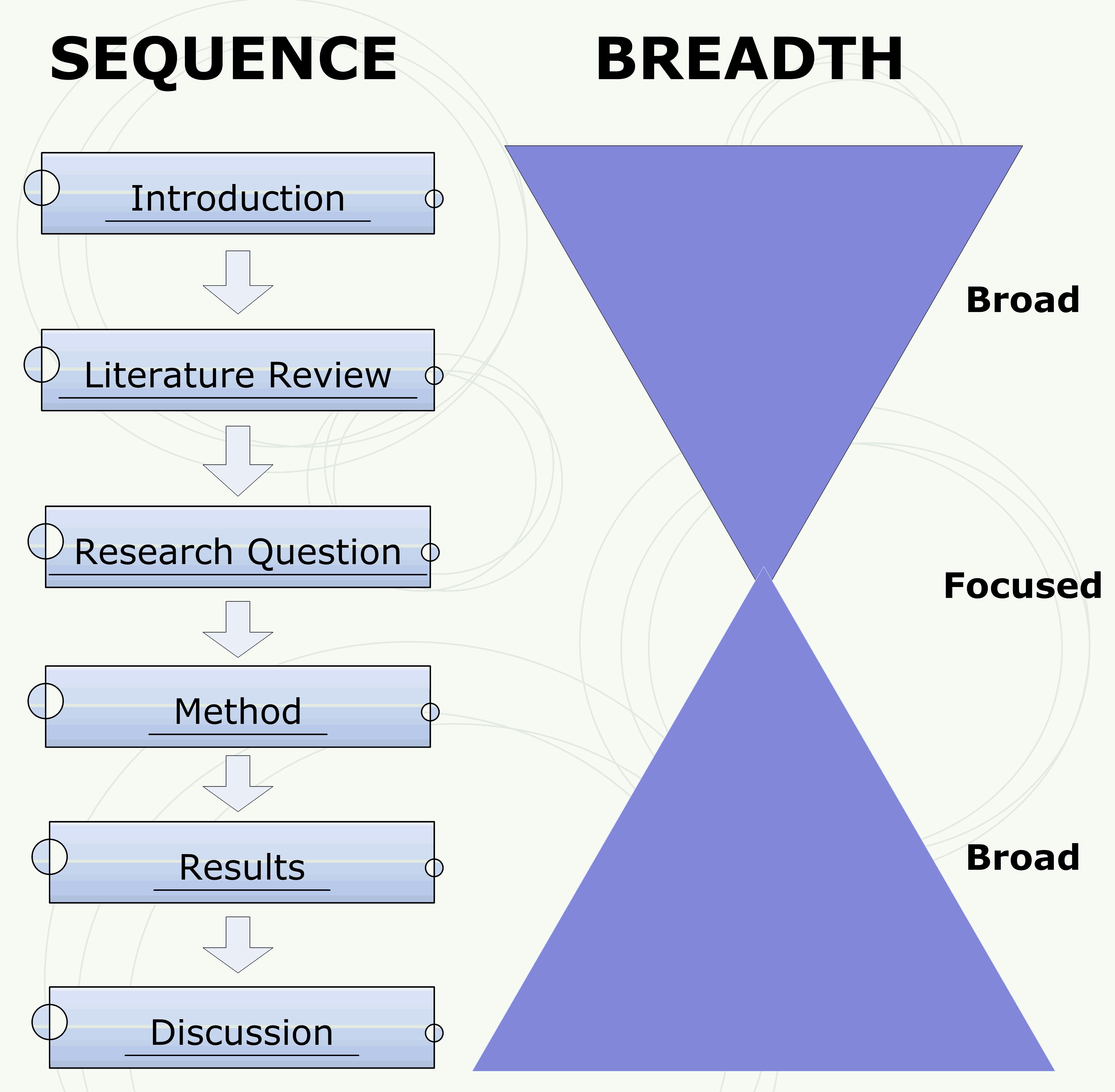Well-written. A paper is well-written if the text, figures, tables and graphs are easy to understand and pleasant to read.
An easy to understand paper delivers its meaning for relatively little effort. In cost-benefit terms, readers don’t need to put in a lot of effort to understand it. The text doesn’t use 100 words to say what can be said in 10, doesn’t use complex words when simple ones will do and doesn’t use convoluted grammar styles that are hard to parse. Figures, tables and graphs have simple and clear titles and labels.
A pleasant to read paper doesn’t annoy the reader due to its language or layout. Text follows the rules of spelling and grammar, and formats such as italics, bold and ALLCAPS are used appropriately. Commas and brackets are used as necessary and not overused. Plurals and tenses are used correctly. Figures, tables and graphs are laid out according to guidelines that readers expect.
Well-written can also be called “Clarity of presentation”, “Well laid out”, “Conformance to guidelines”, “Readable”, “Professionalism”, “Correct spelling and grammar”, “Clarity of tables, figures and exhibits” and “Quality of writing”. Being well-written answers the reader concern “Is reading this worth the effort?” Writing well is important because people do judge by appearances, e.g. they assume that those who can’t spell correctly also can’t think correctly. Spelling or grammar errors early in a paper suggest a lack of expertise so readers may then look for (and find) further faults. Always run a spell-check last thing and have a native language speaker read the paper if it is not your first language.
KIS. Stands for Keep it Simple, a well-known army adage. As my instructors advised me:
- Tell them what you are going to tell them.
- Tell them.
- Tell them what you just told them.
In general, every writing section should have a beginning that introduces it, a body that presents content, and an end that summarizes.
Tips. Writing well is a complex skill, but here are some simple tips:
- One idea per sentence. Cramming many ideas into one sentence reduces understandability, e.g. this sentence should be broken down into several sentences “The EMRs of patients who met the national guideline age, gender and ethnicity criteria for CVD risk assessment and who had visited their GP within a four week period, starting one month after the GP had first used Predict (post-Predict) and the equivalent patients visiting their GP within the same four week period, one year earlier (pre-Predict) were audited.”
- Active sentences. Where possible, use active subject-verb-object rather than passive object-verb-subject sentences, e.g. instead of “The effects of the treatment were obtained from the subjects by interview” write “Subject interviews explored the effects of the treatment.”
- Don’t be abstruse. Avoid sentences like “Beyond, in consideration of particular subject-matters the bulk of participants led to diverse clusters.” An academic reviewer who reads a sentence like this concludes you can’t write clearly not that you are smart.
- KIS. A sentence like “Although, we as humans comprehend different forms of energy, like kinetic , involving mass and motion (m, s, t) and potential, which is a storage concepts and the practical applications of electricity,(micro and macro transmissions) and light.” is so convoluted it is not even a sentence. Note also the incorrect plurality and incorrect commas.
- Limit the use of “I”. Using personal pronouns like “I” too much reduces the impartiality, e.g. write “The cases I considered were …” as “The cases considered were …”
- Brevity. Instead of saying “Upon seeing the events occurring around him Jesus wept.” the bible just writes “Jesus wept.” Check each sentence for unnecessary words.
- Correct tense. The method describes what occurred in the past so use the past tense, e.g. Instead of “The mean score is 8.3.” write “The mean score was 8.3.”
Elements. To check if a paper is well-written, consider research elements such as:
- Is the title short and sweet, say 10-15 words?
- Is the abstract within the guideline, usually less than 300 words?
- Does the abstract state the purpose, method, findings and conclusions of the research?
- Are abbreviations given in full when first used?
- Is the topic referred to by one term consistently throughout?
- Is the publication type given early so the reader knows what to expect?
- Are there language errors, including spelling or grammar? (see above)
- Does each figure add enough value to warrant the space it takes up?
- Do figures, tables and graphs look professional?
- Are tables and figures numbered in correct sequence and referred to in the text?
- Are figure, table and graph titles meaningful?
- Do all tables have meaningful row and column headings?
- Are data values rounded off correctly, e.g. 2.53 instead of 2.53147?
- Do frequency tables show percentages that add up to 100% for each row?
- Is the graph type appropriate for the type of data it shows?
- Are graph axes clearly and meaningfully labelled?
- For graphs of causal relations, is the X axis the cause and the Y axis the effect?
- Are the main findings summarized in a list at the end of the results section?
- Do the text, headings, line spacing and margins conform to submission guidelines?
Science Writing Review Glossary Checklist Next
